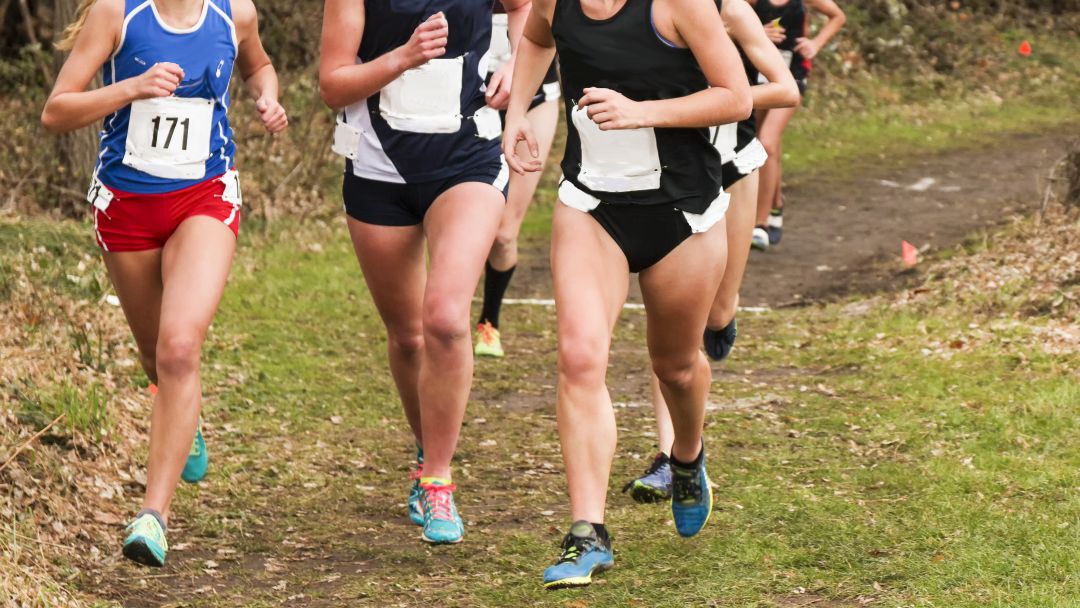It’s the House Cross Country Season!

There have been forms of cross country running in schools since Tom Brown’s Schooldays. Indeed, the book of that title features a steeplechase through the fields surrounding Rugby School. House cross country races are almost as old, and as long-running a feature of the spring term as the annual Sports Day is in the summer.
That’s part of the problem. If they weren’t so engrained in history, things would probably be very different. It is doubtful that a school which opened tomorrow would adopt a mass participation run around muddy fields at this time of year. It is an uphill battle in all but a very few schools to get large numbers of adolescents to willingly embrace the concept of a maximal run in often difficult conditions. Many adults recall their experience of compulsory running at school, but few do so with enthusiasm.
It is possible to judge the athletic culture of a school from its annual cross country event. If it’s a battle to engage participants, and the event lacks commitment and effort, the only conclusion is that the culture is weak. Where levels of physical fitness are low, and many runners are unable to complete the distance, the event becomes inappropriate and the spectacle unedifying. The staff don’t look forward to it any more than the pupils.
Over the years, schools have experimented to find a format that might fit better and eliminate at least some of the accompanying angst. Having smaller teams confines the event to the more willing athletes, though sacrifices the historic principle on which it is built. Shorter, less demanding courses also help sugar the pill. Allowing headphones and other technical accoutrements is another compromise. It is, however, a thin dividing line between a more accessible event and a pantomime.
It is perhaps ironic that it has become difficult to inspire enthusiasm for running in schools at exactly the same time as recreational running amongst adults is at an all-time high. So, it can’t be that running is obsolete in the twenty first century. The popularity of Race for Life and Park Run confirm that running can engage participants of the widest range of athleticism.
Why is it so difficult in so many schools then? Perhaps it is necessary to look beyond the shop window of the cross country event, and examine the place of running education in schools. Where this is creatively taught and sensitively used, the terror of the activity is replaced by a wider level of enthusiasm. Adult social runners compete against themselves, each other, times and the simple challenge of completion. If school running is always a maximal activity, timed to three decimal places with results on the notice boards and finishers in distress from exhaustion, it will never appeal to all children. It might engage the athletes and the competitors, but not the wider population. The challenge is to promote the concept that running can be for everyone. Within that, maximal racing can be for a few.
The annual house cross country is the exam which judges the success of the teaching of running in a school. Like any other exam, it reflects the quality of the teaching and the extent to which pupils are inspired to work to produce their best. When the exam is presented to unprepared and unmotivated candidates, failure is almost inevitable.